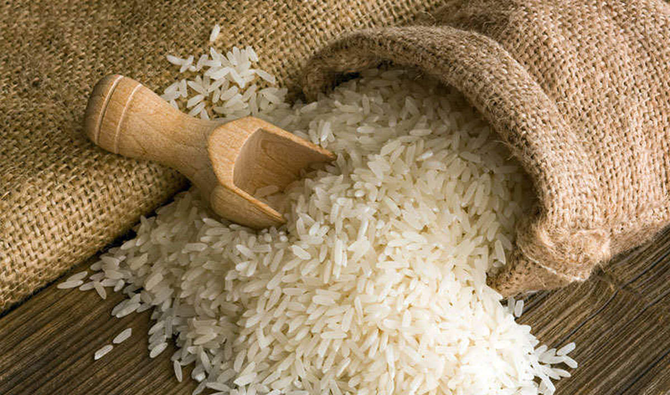Pakistan’s rice exports witnessed a 23% growth in fiscal year 2021-2022 and reached US$2.511 billion compared with the US$2.041 billion in fiscal year 2020-2021.
As per the Pakistan Bureau of Statistics (PBS), Pakistan exported 4.877 million tonnes of rice in fiscal year 2021-22 against 3.684 million tonnes in fiscal year 2020-2021, showing a growth of 32.35%.
Over the last couple of years, areas under rice cultivation have been on the rise. According to the Economic Survey of Pakistan (2021-2022), the crop was sown on 3,537 thousand hectares, showing an increase of 6.1% against 3,335 thousand hectares last year. The record high output of rice stood at 9.323 million tonnes during 2021-2022, higher by 10.7% than the previous year’s production of 8.420 million tonnes.
In addition to the increase in acreage, the increase in rice production is another important factor contributing to the surge in Pakistan’s rice exports. The renewal of good varieties and the use of advanced technology are essential factors to promote high yields. Hybrid rice from China has replaced some backward local varieties. Longping South Asia Seed R&D Centre has bred high-yield varieties with strong stress resistance in Pakistan, the yield of which is as high as 150 monz/ac.
Shahzad Ali Malik, Chairman of the Pakistan Hi-Tech Hybrid Seed Association (PHHSA) maintained that the regular use of high-tech hybrid seeds in agriculture can contribute a lot to achieving an ambitious US$35 billion export target with a slogan of “Grow More- Export More”. Long Chunjiu, Chief Scientist of the R&D Centre said in a recent interview with Gwadar Pro that Pakistan has a great potential for rice export, in which hybrid rice seeds can play a critical role.
“High-tech hybrid seeds are producing double yield[s] as compared to other conventional seeds. In Pakistan, almost 200 hybrids are approved/recommended by the variety evaluation committee. More than 60 hybrids are available on the market. If high-tech hybrid seeds are applied to all major crops, it will help a lot to achieve our ambitious export targets.” Abdul Raheed, a PHHSA member, informed Gwadar Pro.
Pakistan’s rice export to China in the first 6 months of this year is worth around US$345 million, compared with the US$ 258 million in the same period last year, according to the General Administration of Customs of the People’s Republic of China (GACC).
In addition to the increase in Pakistan’s rice exports to China, the cooperation between China and Pakistan in the field of rice seeds has also intensified progressively.
Long believes that China-Pakistan seed industry cooperation is of great significance. He explained that, “we should make better use of local germplasm resources such as Basmati and give full play to local high-quality meteorological conditions to help locals achieve grain self-sufficiency and export foreign exchange earnings; through the cooperation platform between the two countries, China’s domestic seed companies can cooperate and develop with local enterprises with strong strength to provide high-quality technical services and varieties and improve local farmers’ passion for planting.”
While continuing to work on breeding high-yield hybrid rice for stress resistance, Long Chunqiu is also working on breeding hybrid Basmati varieties and japonica rice. “One or two new varieties will be authorised this year, and we hope to commercialise hybrid Basmati and Japonica rice as soon as possible,” Long Chunjiu said.
As the China-Pakistan Economic Corridor (CPEC) moves into its second phase, cooperation between China and Pakistan in the core of agriculture, seed, is a top priority. “We look forward to establishing a ‘Technology Transfer- Product Process- Export’ model for seed cooperation with Chinese partners. These include storage of agricultural produce, livestock breeding, research and development and a high yield variety of hybrid seeds,” Abdul Raheed concluded.
















